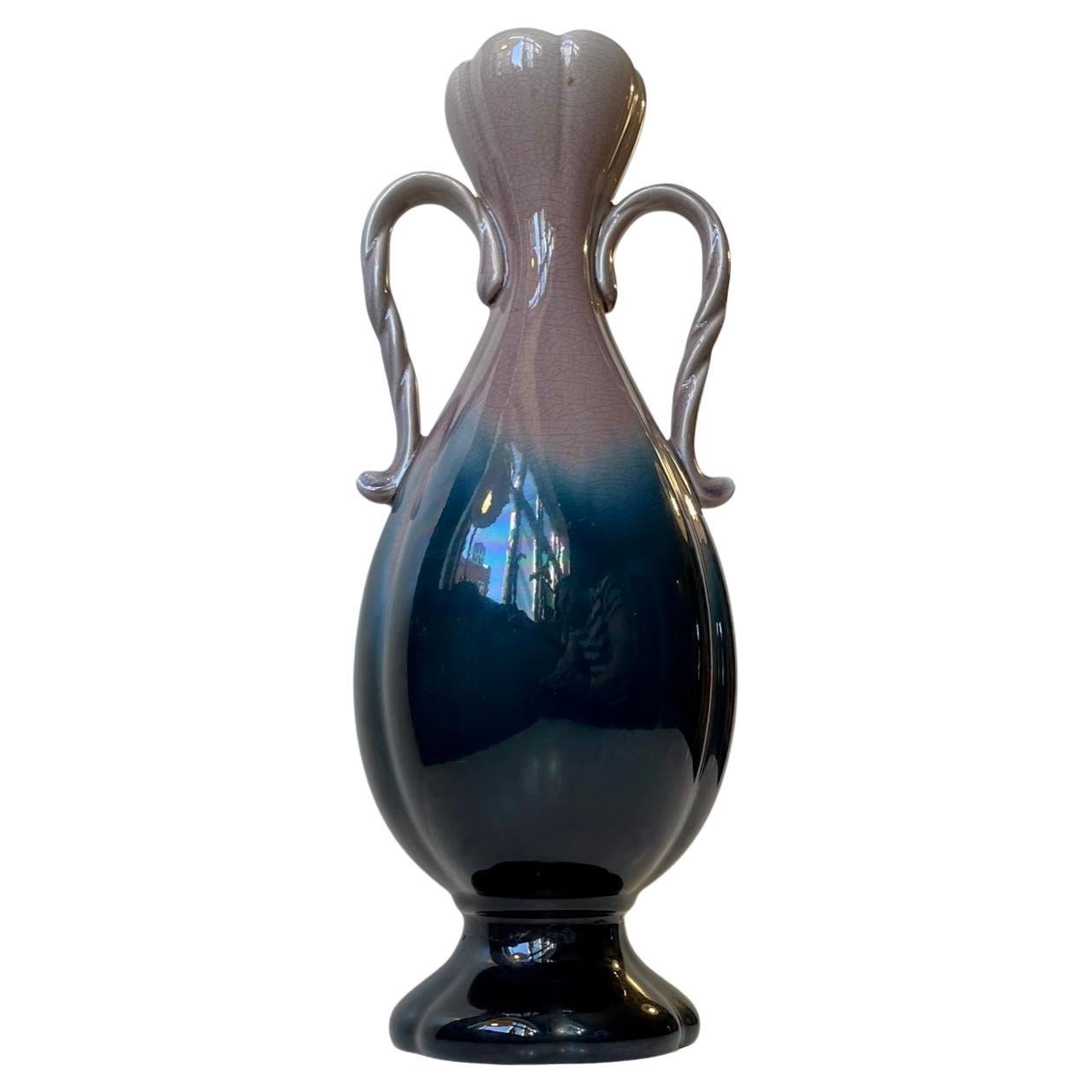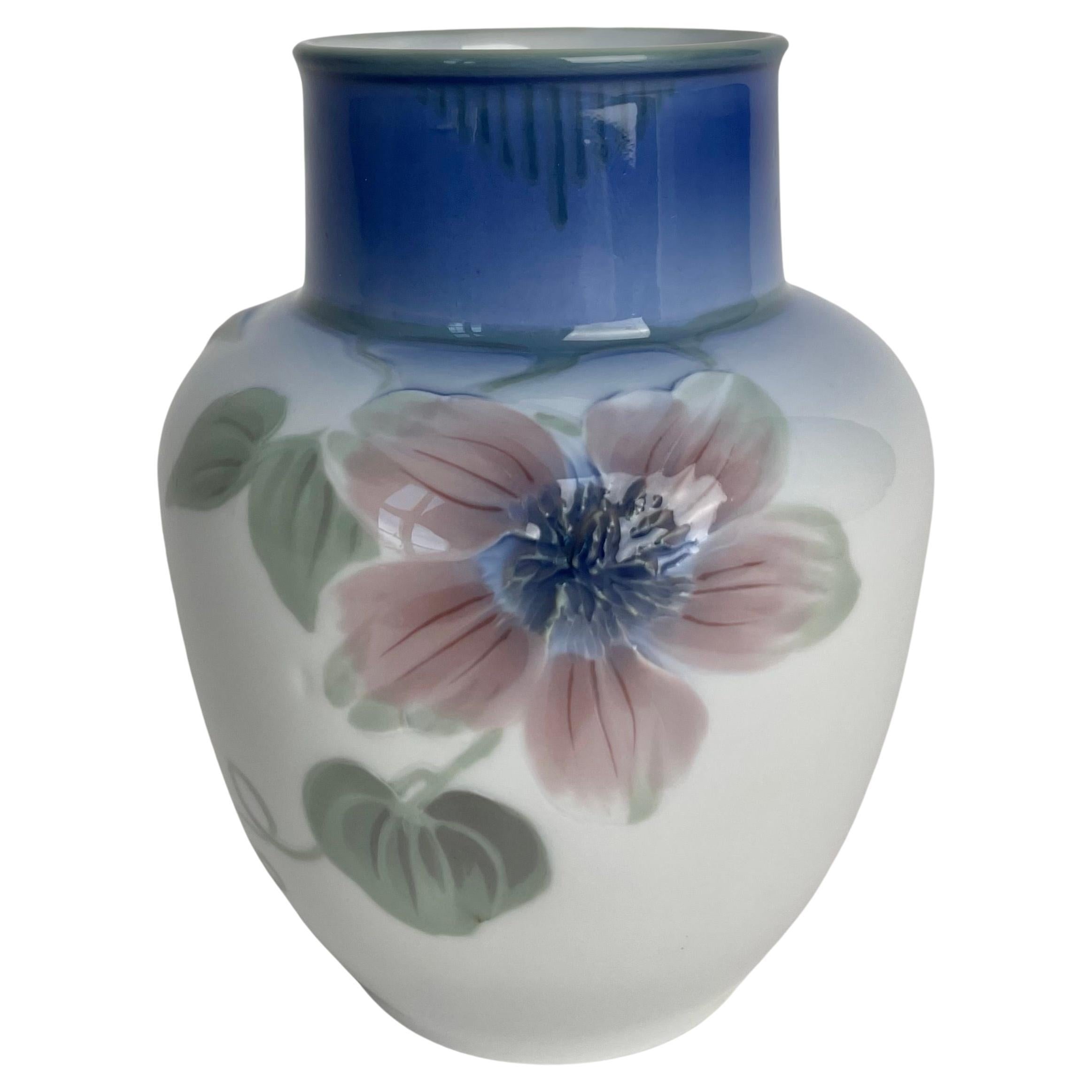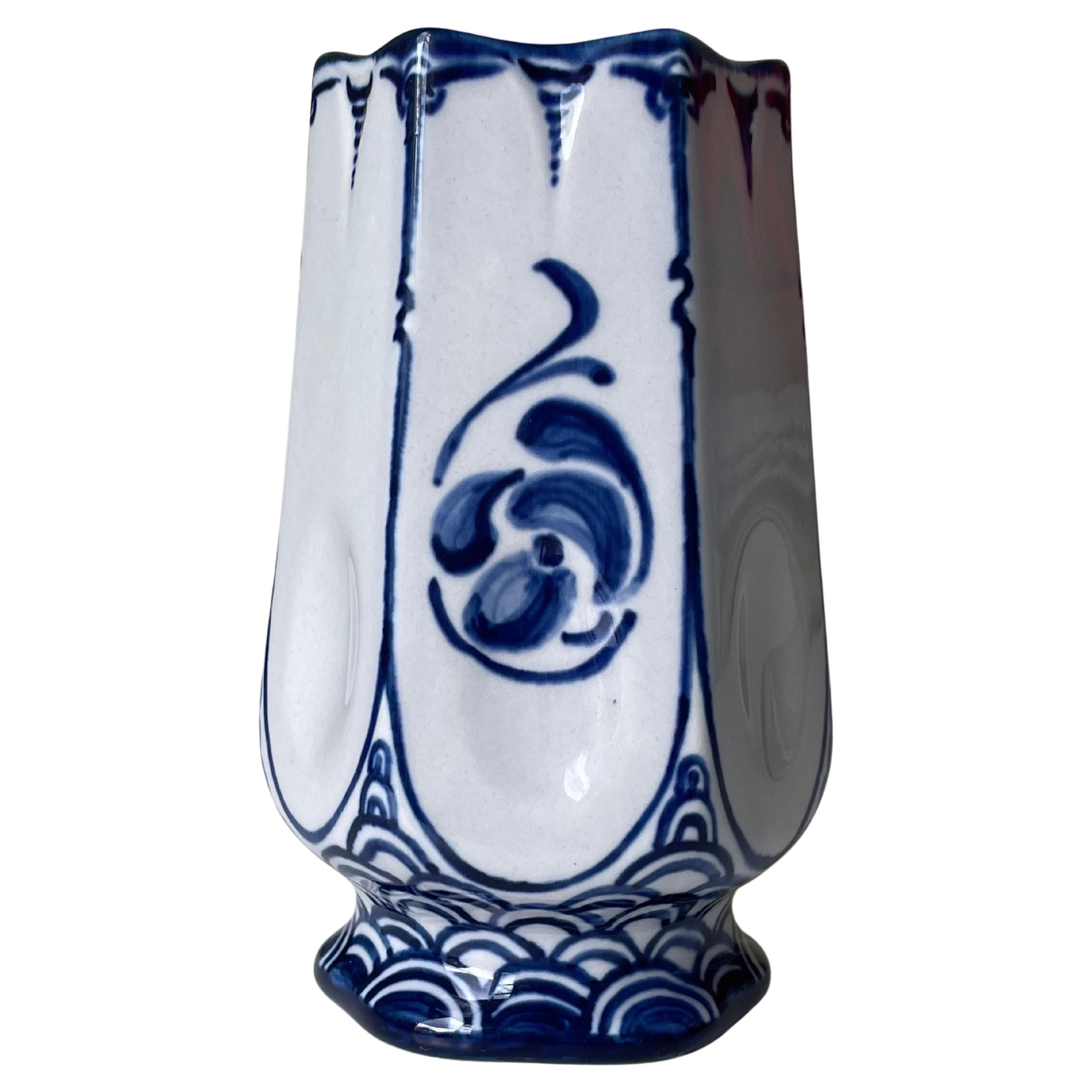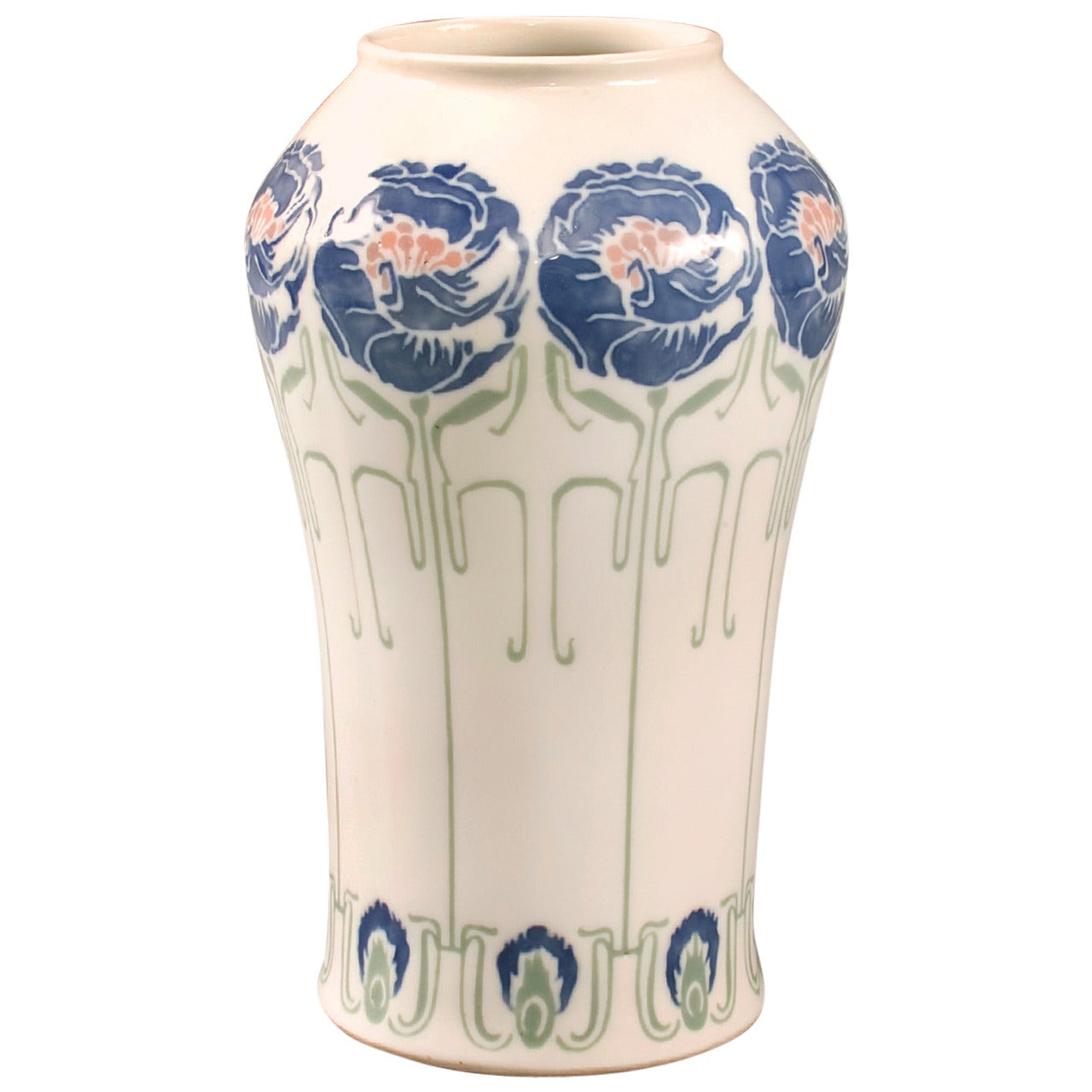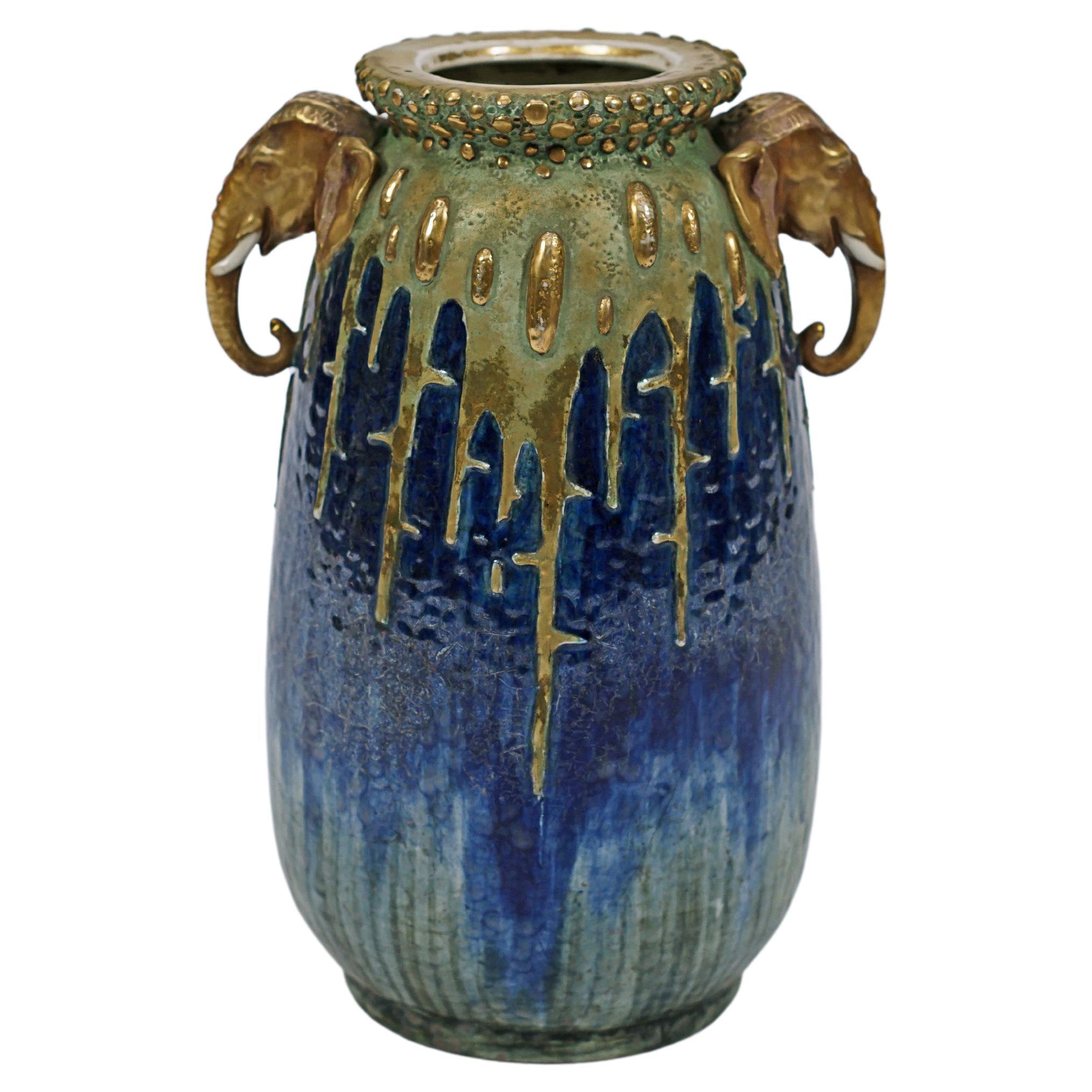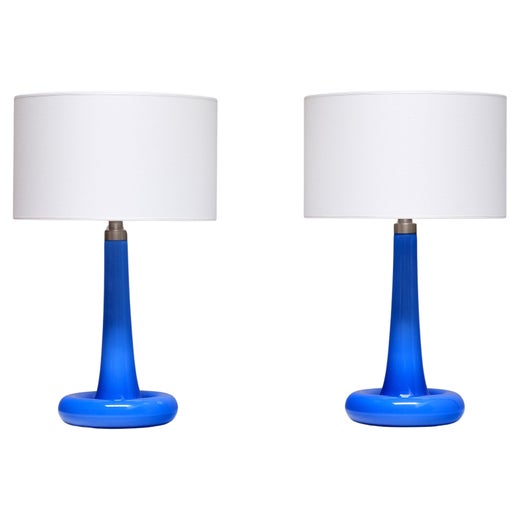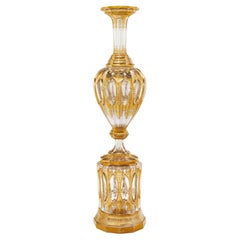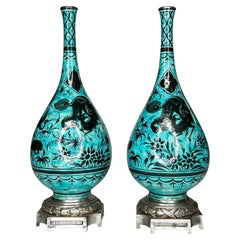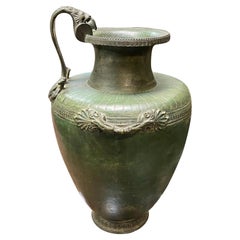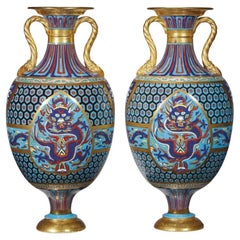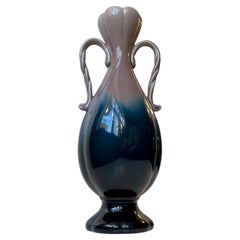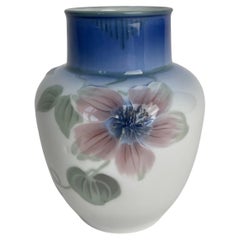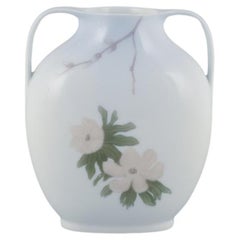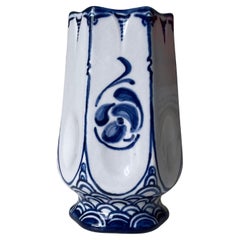Royal Copenhagen Art Nouveau Vase by Knud Valdemar Engelhardt
About the Item
- Creator:Royal Copenhagen (Maker)
- Dimensions:Height: 29 in (73.66 cm)Diameter: 12 in (30.48 cm)
- Style:Art Nouveau (Of the Period)
- Materials and Techniques:Porcelain,Glazed
- Place of Origin:
- Period:1910-1919
- Date of Manufacture:1916
- Condition:Wear consistent with age and use.
- Seller Location:New York, US
- Reference Number:Seller: 0921stDibs: LU6079226521762
Royal Copenhagen
Producers of the finest in Danish porcelain, Royal Copenhagen is a company steeped in tradition. Its celebrated blue-and-white china patterns as well as its famed hallmark depicting the royal crown and three waves — symbolizing the monarch who founded the company and the three major waterways of Denmark — are emblems of master craftsmanship.
Royal Copenhagen was founded in 1775 by Queen Juliane Marie. Years earlier, after the death of her husband, King Frederick V, Juliane’s stepson ascended the throne. Shortly into his reign, he went insane, and the Queen became the head of Denmark and its small empire. She sought to improve Denmark’s economy and founded factories around the country to promote domestic growth and international trade. Royal Copenhagen was one of the first of these. Royal Copenhagen first made dinnerware and vases with blue-and-white motifs inspired by Chinese porcelain, then the rage in aristocratic Europe. Many of these designs are still made today.
Apart from its classic patterns, Royal Copenhagen has adapted to the changing styles of time and appeals to many different tastes. Their prolific body of work includes Rococo-style porcelain statues that incorporate stylistic floral patterns in an Art Nouveau style, as well as modern vases by such noted 20th century Danish ceramists as Axel Salto. Whether used for special occasions or displayed as part of a design collection, Royal Copenhagen pieces represent a legacy of the highest quality.
Find authentic Royal Copenhagen dinner plates, decorative objects and other items on 1stDibs.
- ShippingRetrieving quote...Shipping from: New York, US
- Return Policy
More From This Seller
View AllAntique Mid-19th Century Czech Neoclassical Vases
Glass
Antique Late 19th Century French Vases
Pottery
Antique Late 19th Century Italian Neoclassical Revival Jars
Bronze
Antique Late 19th Century British Chinoiserie Vases
Porcelain
Antique 1880s French Greek Revival Vases
Silver
Antique Late 19th Century Chinese Qing Table Lamps
Bronze
You May Also Like
Vintage 1910s Swedish Art Nouveau Vases
Porcelain
Antique Early 1900s Swedish Art Nouveau Vases
Porcelain
Early 20th Century Danish Art Nouveau Vases
Porcelain
Early 20th Century Swedish Art Nouveau Vases
Porcelain
Antique Early 1900s French Art Nouveau Vases
Ceramic
Antique Early 1900s Austrian Art Nouveau Vases
Porcelain
